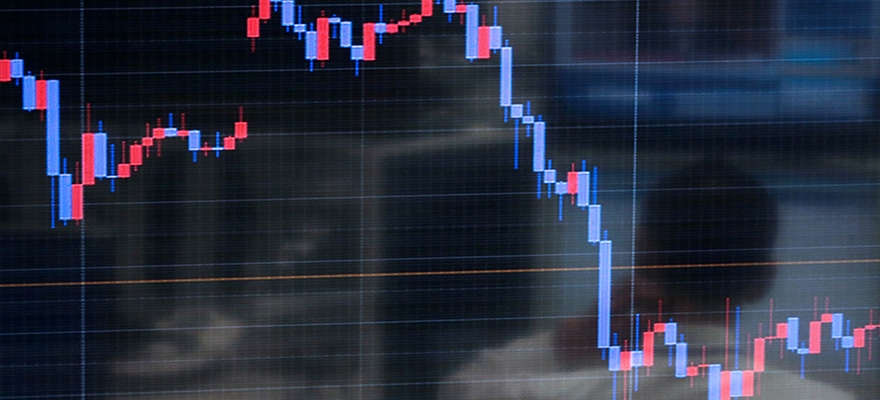CME Group, the world's leading and most diverse derivatives marketplace, and The Volatility Exchange (VolX), architect of the world's first listed instruments on realized volatility, announced that in the first quarter of 2011, CME Group will begin offering a set of FX Realized Volatility futures based on CME Group's major currency pairs.
CME said it plans to launch the FX Realized Volatility futures, based on CME's major currency pairs, in the first quarter. The so-called FX VolContracts will be the first futures contracts that offer direct trading of foreign-exchange volatility, the company said. In addition, they will provide spread-trading opportunities against the company's listed Forex futures and options products.
The FX VolContracts will be the first futures contracts that offer direct trading of foreign exchange volatility. In addition, they will provide spread trading opportunities against CME's listed FX futures and options products. These contracts will be offered under a license agreement with VolX, which controls a patent on VolContracts.
"These innovative new contracts provide our growing global customer base who trade FX the ability to express and manage volatility exposures in the currency markets with an effective cash settled product," said Craig LeVeille, CME Group Director of FX Products. "We know from talking to our global customer base that effectively managing risk between realized and implied volatility, correlation arbitrage, and hedging the volatility of their portfolios with currencies are vital, these new VoIContracts will help meet those needs."
This type of control was previously available to only large institutions in the often opaque and unregulated over-the-counter volatility swaps market.
What’s important to note is, the move should also expand access by retail investors to volatility markets in a way that institutions already have. This type of control was previously available to only large institutions in the often opaque and unregulated over-the-counter volatility swaps market.
To date, volatility-related instruments trading on regulated exchanges have settled to implied, not realized, volatility. The FX VolContracts will be cash-settled to either a 1- or 3-month historical or "realized" volatility calculated by reference to daily price movements in major CME currency futures. They will settle according to a transparent and replicable calculation methodology.

















